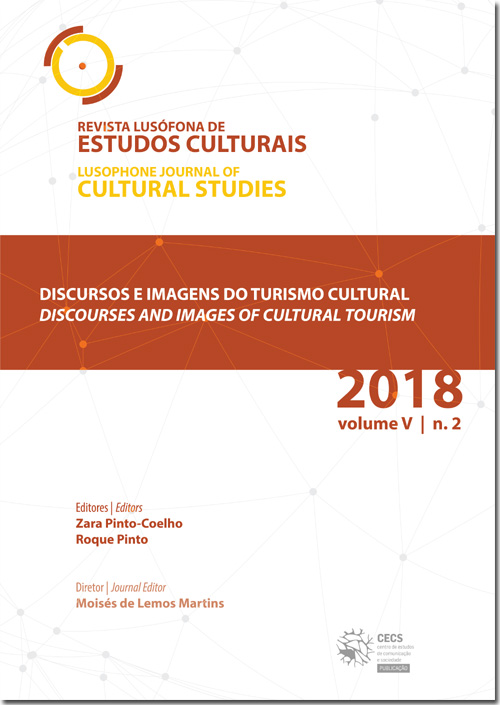Collecting countries and territories: a proposal for counting visited places
DOI:
https://doi.org/10.21814/rlec.353Keywords:
Collections, counting, travelling index, travelsAbstract
Collecting is a curious human activity, which consists of meeting and guarding selected objects. It has numerous formats and features. The collection of places, that is to say, the collection of the visit to places, is not a recent practice, but in the context of contemporary, mobile, networked and consumption societies, it has acquired great importance. Although it may not be the main motivation for a trip, and may be more or less unconscious, the collection of places and, consequently, place counting, is a social act. Like other collections it exists to be shared, compared and shown. This article examines this practice, which is closely linked to travel and tourism. On the one hand it analyses a central question of the collection of places and territories, which is the definition of the collection itself, that is, its limits, and its ‘objects’. This discussion allows us to examine how we divide the world, namely in the context of counting visited places. On the other hand, this paper makes a proposal on how to count visited places, which not only accounts for the fact that someone was in a particular place or territory, but it also includes other variables such as the length of stay, time distance to destinations, the degree of dangerousness of the destination, and the easiness of entering these places or territories. Interviews with eight experienced travellers allowed for a discussion and weight adjustment of these same variables, in order to construct a composite index.
Downloads
Downloads
Published
How to Cite
Issue
Section
License
Authors own the copyright, providing the journal with the right of first publication. The work is licensed under a Creative Commons - Atribuição 4.0 Internacional License.












